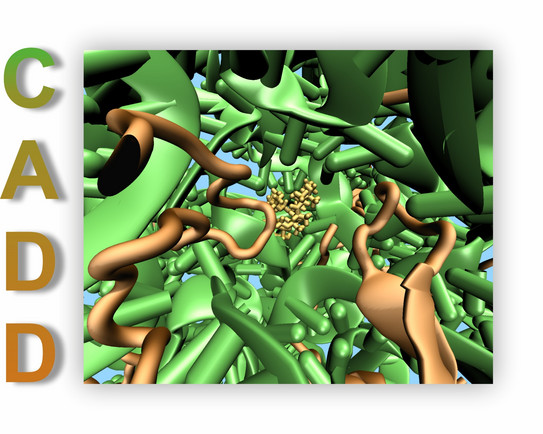Computer-Aided Drug Design

Summer semester
Lectures and Exercises (Part 1, 4 LP): The drug design process: what makes a molecule a good drug? identification and characterization of the targets, drug resistance and drug delivery systems, mechanisms of action of widely used drugs. Computational tools and techniques: databases, visualization and manipulation of biomolecules, homology modelling, docking approaches, molecular mechanics and molecular dynamics methods, pharmacophore models, coarse-grained models, hybrid approaches and data mining applications in drug design.
Practical sessions (Part 2, 3 LP): In the computational practical sessions, the students will carry out tutorials to acquire practical skills in computational drug design techniques. Furthermore, the students will learn which techniques to choose and how to apply them to solve practical problems of interest for biomedical research and for the pharmaceutical industry.
Both parts are required for passing the course.
Winter semester
Seminar (Part 3, 4 LP): The students will be assigned literature cases of computer-aided drug design projects, which they will present and discuss in a seminar. Thereafter, the students will be assigned a computational drug design project. Using the computational knowledge and skills acquired in the previous semester of CADD (Parts 1 and 2), the students will design, carry out and interpret computational experiments for solving the given drug design problem.
Passing Part 1 and Part 2 is required for Part 3. Part 3 is optional.

